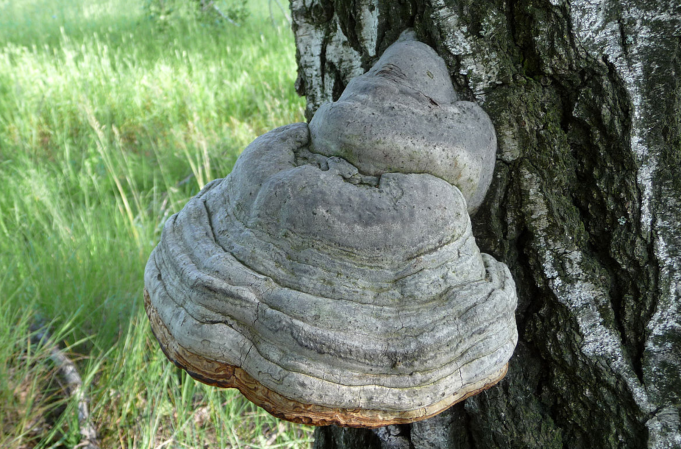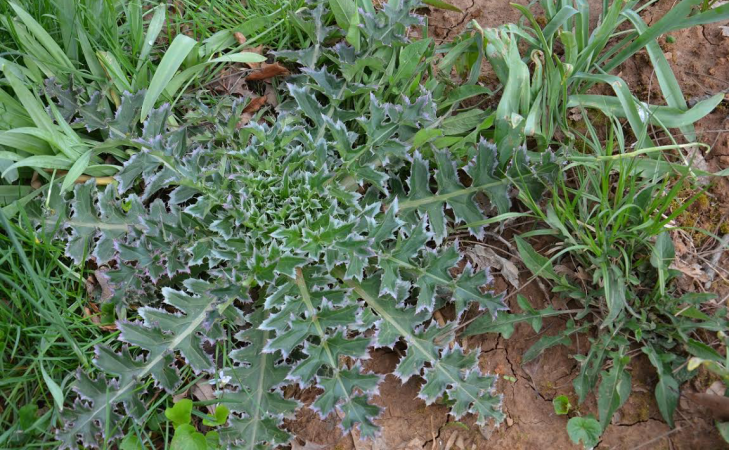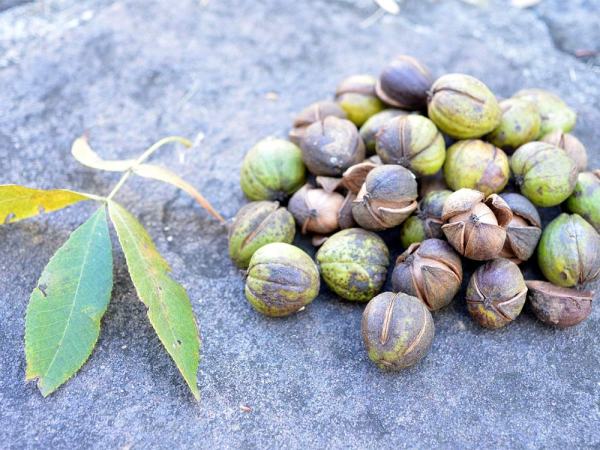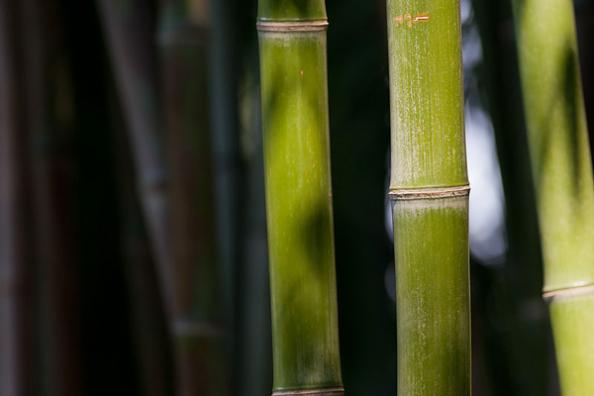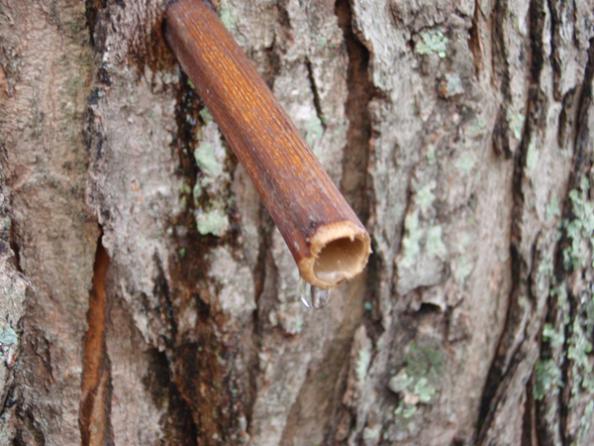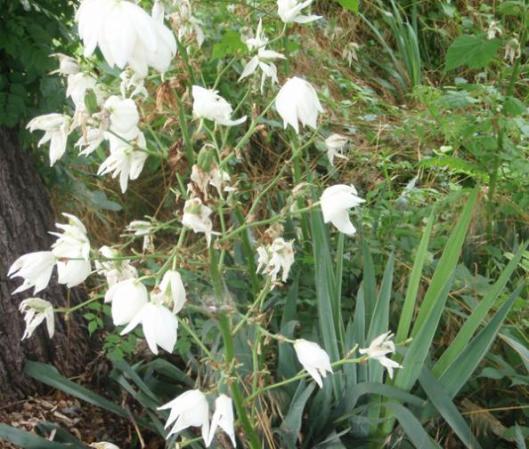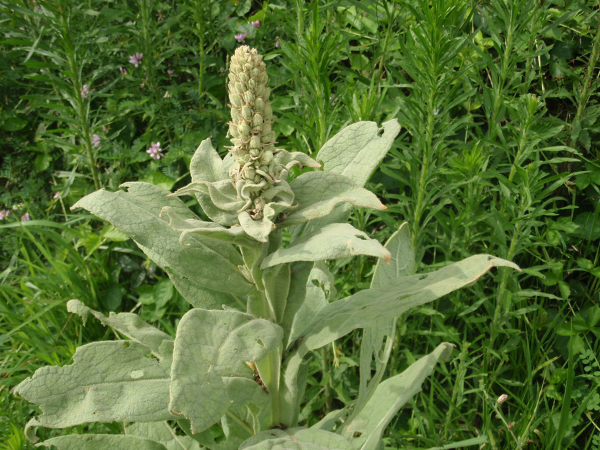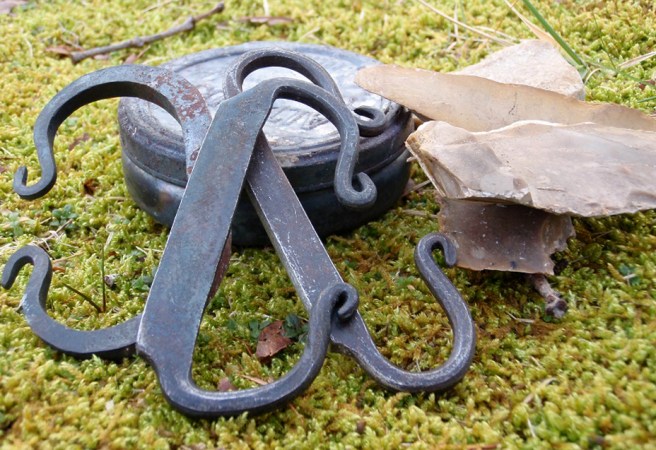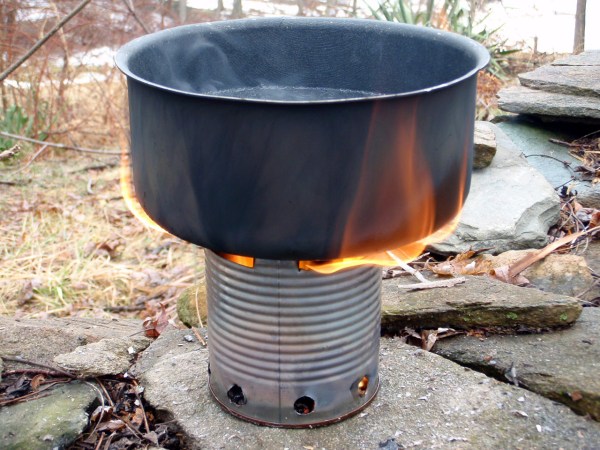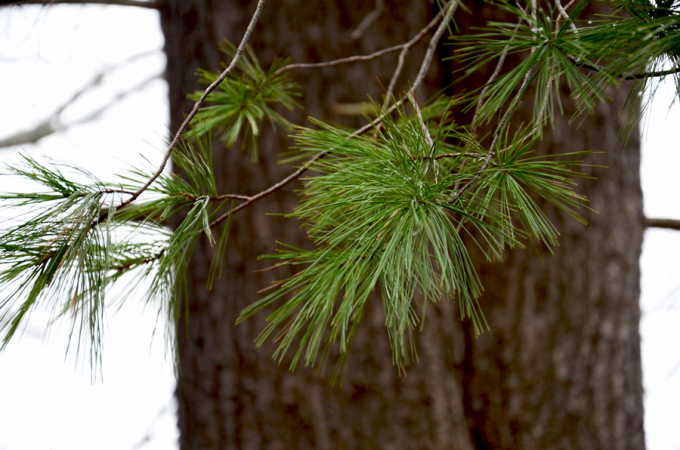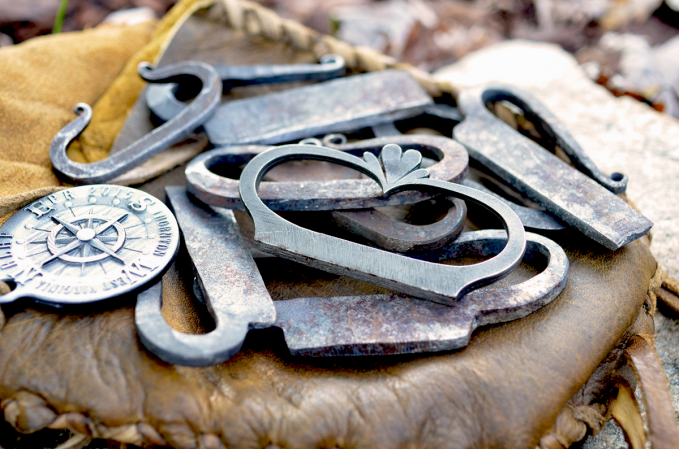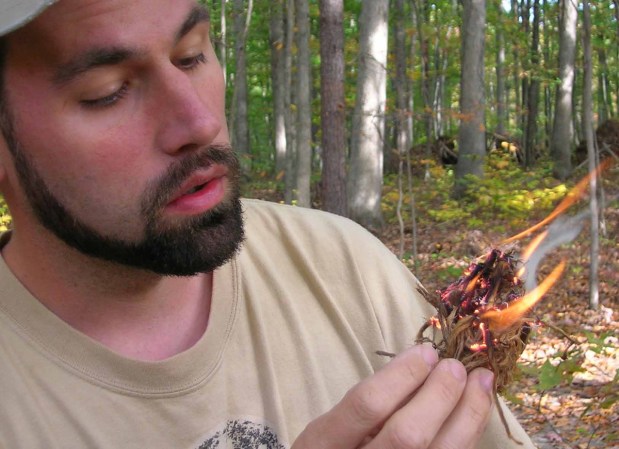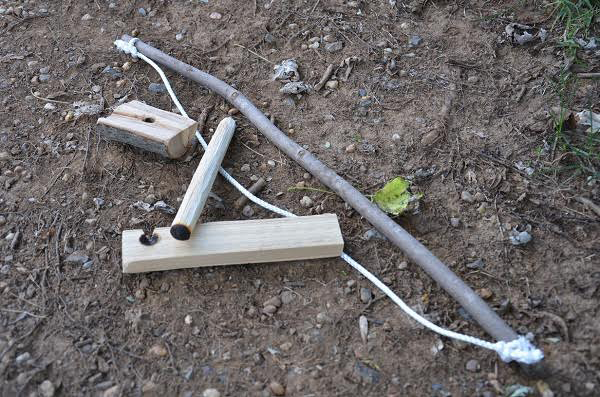Birch tinder fungus (Inonotus obliquus) is a woody type of fungus that grows on a variety of species of birch trees. You’ll find this crusty, black growth primarily on yellow birch and white birch trees, often at higher elevations. And if you’re looking for something raw from the wild that catches sparks like char cloth, this is it.
Although birch tinder fungus (also known as clinker polypore and chaga) is often used for alternative medicine treatments, its value for survival fire starting really puts it on the map. This punky material is better than traditional char cloth, even without being charred. Here’s where you’ll find it, and how to make it work.
Locating the Fungus Most of the time we go out of our way to avoid a fungus, but you should go out of your way to get chaga. First, identify where birch trees grow plentifully near you, preferably in a mountainous area. Scout for black-colored growths on the otherwise light colored bark. When you find some likely candidates (often at the site of forked branches and tree injuries) knock off a hunk with a rock or hatchet. Inspect the inner material to check for the punk-wood center and also take a look at the color. This fungus should be yellowish, orange, or rusty brown in color. Finally, scrape off a bit of dust and see how easily it ignites with a spark. Birch tinder fungus should light easily and burn well if it is dry and not rotten.
Processing the Tinder Finding the fungus is usually the hard part. Processing it is pretty easy. For use with flint and steel or a spark rod, grind the fungus into a powder. Use a coarse rasp if you’re working on this project at home. In the field, use a rough stone as a file. Collect the brownish powder and keep it dry in a tin, jar, or container. If you plan to use it as a “long match,” leave it in chunks. If you’re using the sparks from iron pyrites, grind the fungus into fine flour.
Using The Tinder
This is the easiest part of the whole operation. Just strike your sparks into the dust and they will begin to smolder. If your dust was already in a tinder bundle, you can blow it into flame when you’re ready. If not, you can scoop up the portion of dust that holds the ember and transfer it to your waiting tinder nest. This remarkable material is well worth the trouble to collect, and it has numerous “cousins” growing throughout the Northern Hemisphere. Thanks go to my friend Roger and his son William for the batch of tinder fungus pictured above.
Have you used tinder fungus to get your fire going, or for other uses? Tell us about it in the comments.
